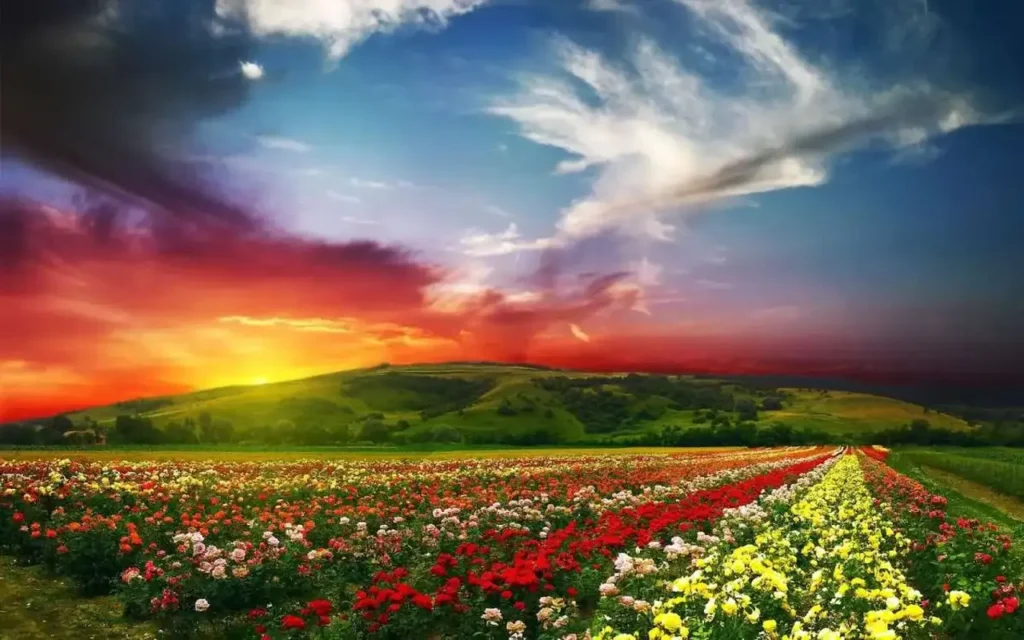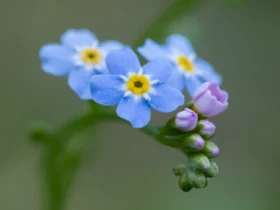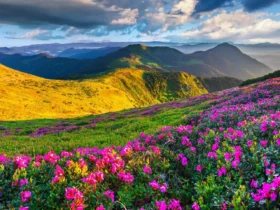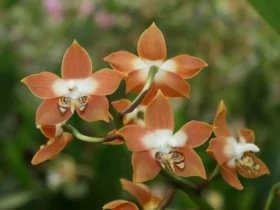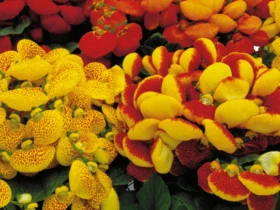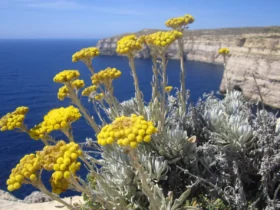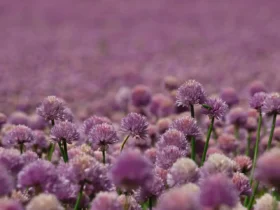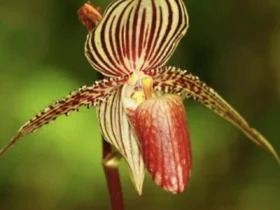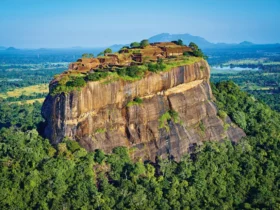Nestled in the pristine Himalayan region of Uttarakhand, India, the Valley of Flowers National Park stands as a testament to nature’s artistic prowess. With its stunning alpine meadows, diverse floral species, and breathtaking landscapes, this UNESCO World Heritage Site draws visitors from around the world who seek to immerse themselves in its natural splendor. In this article, we explore the beauty, biodiversity, and significance of the Valley of Flowers National Park.

Location and Accessibility
The Valley of Flowers National Park is located in the Chamoli district of Uttarakhand, within the larger Nanda Devi Biosphere Reserve. It lies at an altitude ranging from approximately 3,200 meters (10,500 feet) to 6,675 meters (21,900 feet) above sea level. The park is accessible via the town of Govindghat, and visitors need to undertake a trek of around 10 kilometers (6.2 miles) from there to reach the valley.
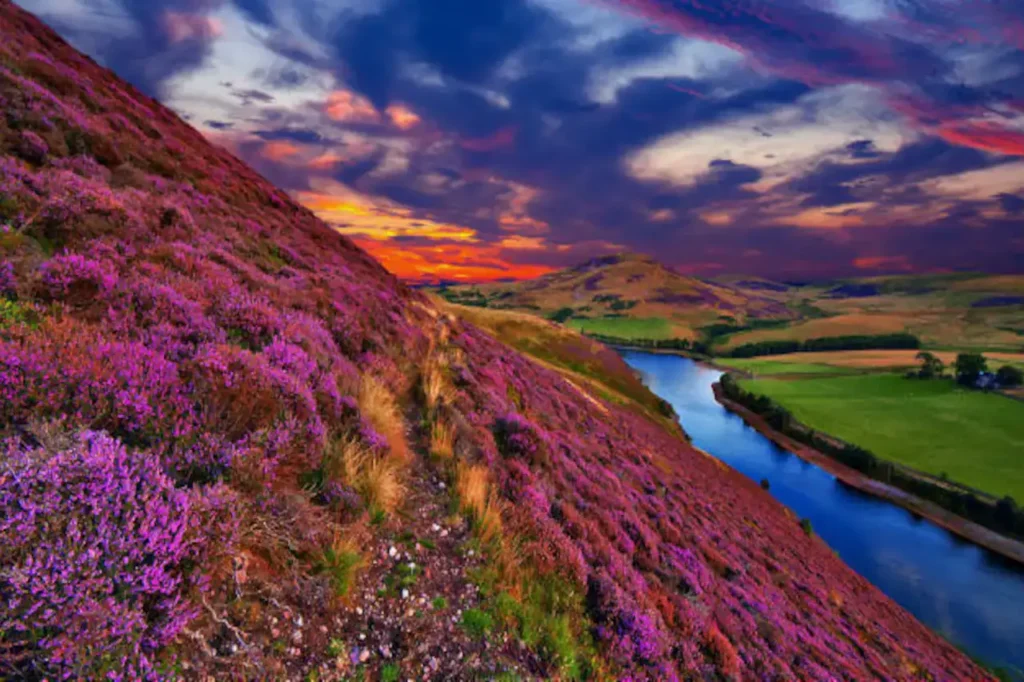
Flora and Fauna
The park is renowned for its vibrant meadows that burst into a riot of colors during the summer months. From late July to early September, the valley is adorned with a kaleidoscope of wildflowers, including primulas, poppies, daisies, marigolds, and countless others. This breathtaking display has earned the valley its poetic name, and visitors are often left in awe of the incredible floral diversity.
Apart from the captivating flowers, the Valley of Flowers National Park is also home to a variety of fauna. Some of the notable species include the elusive snow leopard, Himalayan black bear, brown bear, blue sheep, musk deer, and a range of avian species.
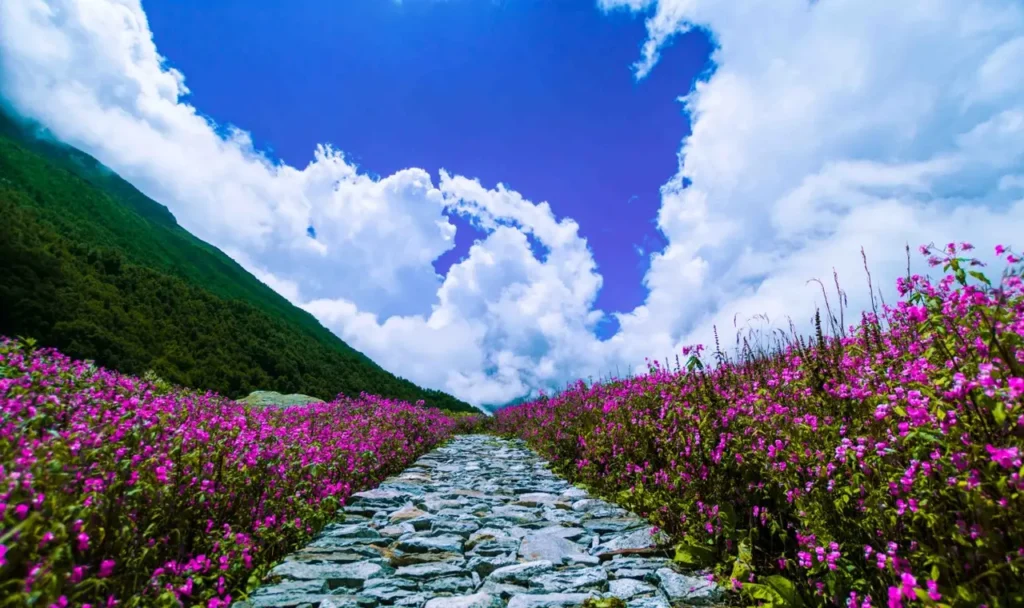
Conservation and UNESCO World Heritage Status
Recognizing its unique ecological significance and stunning beauty, the Valley of Flowers National Park was designated a UNESCO World Heritage Site in 1982. The park’s fragile ecosystem and endemic species were under threat due to unregulated tourism and grazing. However, efforts have been made to manage visitor numbers, promote responsible trekking, and ensure the park’s long-term preservation.
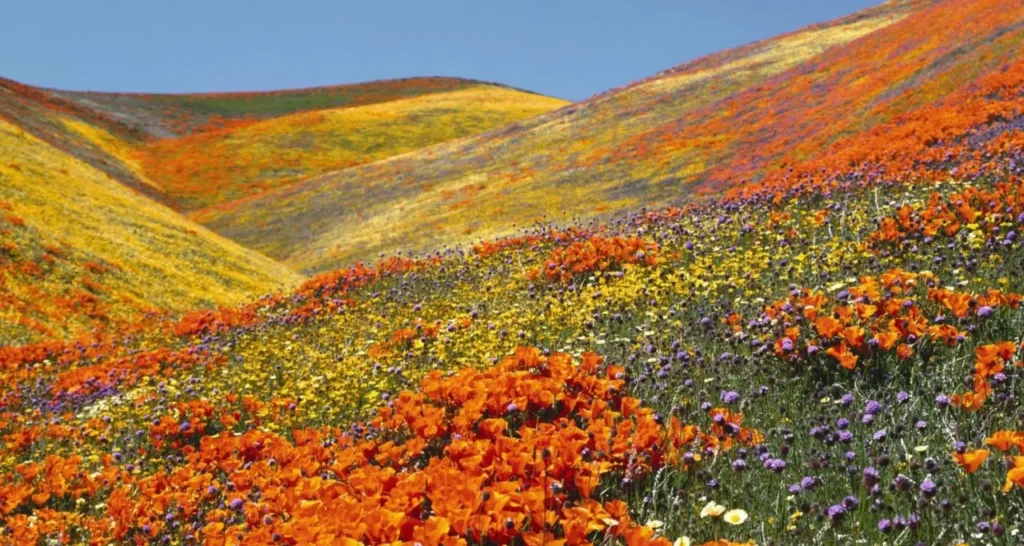
Trekking and Ecotourism
The journey to the Valley of Flowers National Park is as much a part of the experience as the destination itself. Visitors undertake a moderately challenging trek that rewards them with ever-changing vistas of alpine meadows, glacial rivers, and towering peaks. The Govindghat-Ghangaria trek also offers a chance to witness the majestic Hemkund Sahib, a Sikh pilgrimage site and high-altitude lake located nearby.
Ecotourism initiatives encourage visitors to follow responsible trekking practices, minimizing their impact on the delicate ecosystem. The park’s biodiversity and breathtaking landscapes offer ample opportunities for nature photography and exploration.
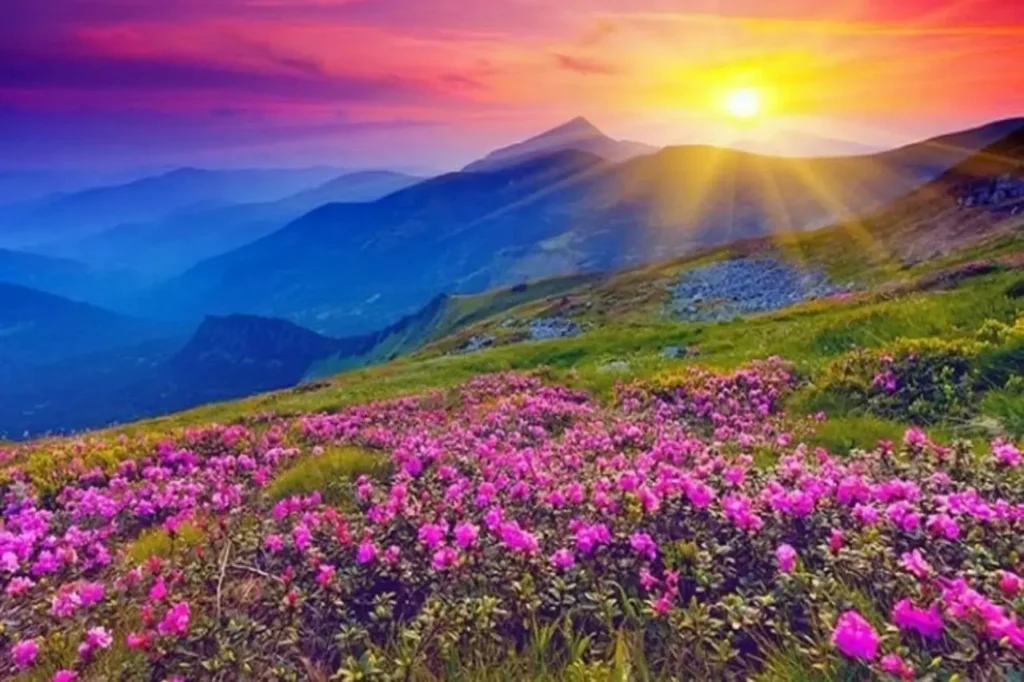
The Valley of Flowers National Park is a living testament to the boundless beauty and diversity that nature can offer. Its vibrant meadows, rare floral species, and serene surroundings create an otherworldly experience for visitors who are fortunate enough to tread its trails. By safeguarding this precious ecosystem through responsible tourism and conservation efforts, we ensure that future generations can continue to marvel at the botanical wonders of this Himalayan haven.
